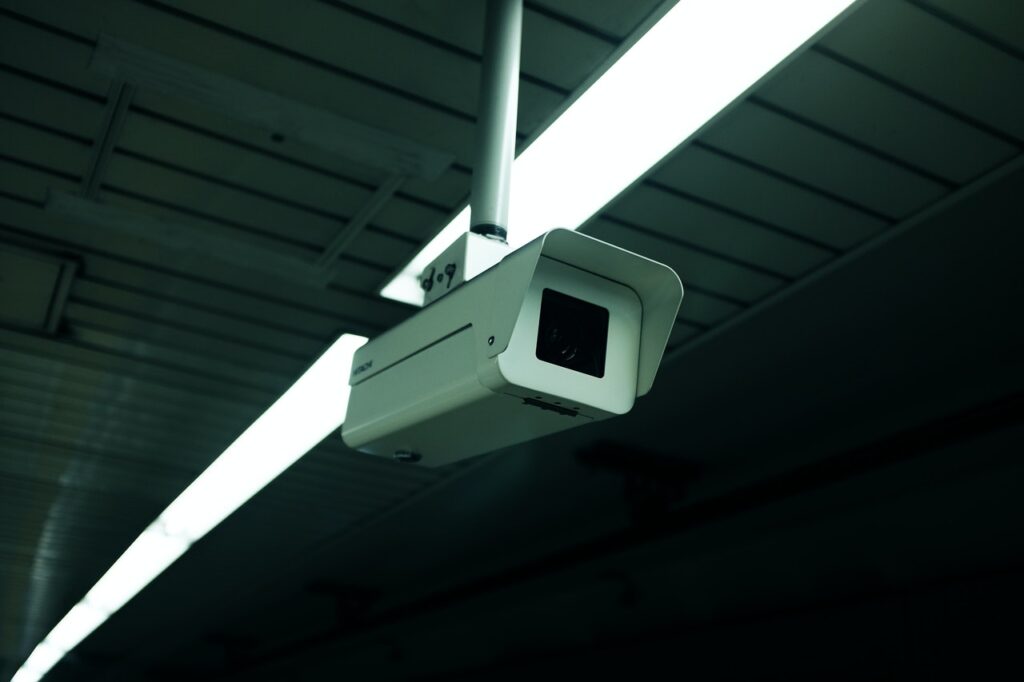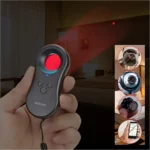We live in an exciting time and the future of cctv cameras has come a long way from bulky analog systems with choppy standard definition footage. But many exciting capabilities are still yet to emerge that will transform CCTV and security video in the coming years. This article will look at the key innovations on the horizon.
Steadily Increasing Camera Resolutions
Ever higher camera resolutions will continue opening new possibilities for security video clarity and detail:
- 4K becoming standard – While 1080p HD is still prevalent, 4K Ultra HD (4x higher resolution than 1080p) is quickly becoming the new baseline for CCTV systems. The clarity difference is dramatic.
- 8K and greater megapixels – Consumer TVs are already moving to 8K, and it’s only a matter of time before CCTV follows. Expect 12K and greater down the road. More megapixels enable increasingly clear video.
- Improved processors – New generations of camera chipsets will be able to efficiently handle the major bandwidth and storage needs of high-res CCTV, enabled by improving compression tech.
With each resolution jump, more minute details like facial features and clothing logos become discernible. Storage and networking will scale to handle the added data demands.
Intelligent Video Analytics
Onboard camera video analytics leveraging AI and machine learning will help CCTV better analyze risks and events:
- Facial recognition – Detects faces in the scene and checks them against databases to identify persons of interest, suspects, known threats etc.
- Anomaly detection – AI can learn typical activity patterns and alert on unusual events that differ from norm baselines.
- Custom activity zoning – Tailor exactly which movements and actions in specific zones trigger alerts. Much more tunable than traditional motion detection.
- Subject tracking – Automatically tracks and keeps focus on specific people or objects continuously as they move across scenes.
- Metadata overlays – Real-time overlay of AI analysis onto video feeds highlighting risks, objects, trajectories, etc.
Sophisticated AI unlocks next-gen capabilities like identity detection, behavior analysis, automated subject following, and real-time alert flagging.
Enhancing Low Light Performance
Nighttime and low light CCTV capabilities will improve dramatically:
- Starlight and low light sensors – Specialized sensors with back-illumination, high sensitivity, and noise reduction provide full color in near total darkness.
- Infrared and thermal cameras – Continued improvements in IR and heat-detecting cameras enhance non-visible spectrum night imaging.
- Multi-spectrum mixing – Fusing low light, IR, and thermal footage for maximum night details.
- Ambient light data – Cameras detect moon brightness, environmental variables, and other factors to optimize night settings on the fly.
Better light sensitivity, adaptive illumination techniques, and blending of multi-spectrum imagery ensures 24/7 video coverage regardless of lighting conditions.
Drone and Body Camera Synergy
CCTV systems will incorporate aerial and first-person video sources:
- Drone-mounted cameras for sweeping overhead perspectives and jurisdiction over large areas.
- Police body cams provide on-the-ground views during patrols, chases, and critical incidents.
- Wireless transmission allows streaming drone and body cam footage to central CCTV interfaces and storage.
- Automated stitching seamlessly integrates these mobile video sources into CCTV system data.
- AI cataloging and redaction manages and compiles video from numerous body cams and drones while protecting privacy. authorized photos from body cams and drones expands visibility while crunching massive amounts of video data.
More Powerful Cloud Integration
Cloud infrastructure will enable new CCTV capabilities:
- Cloud storage and management – Virtually unlimited offsite storage and automated failover capabilities. Facilitates securely sharing video.
- Enhanced remote access – Fast and resilient WAN connectivity allows seamless access to cloud-hosted footage from anywhere.
- Shared monitoring – Centralized cloud access enables collaborative multi-user monitoring like police and first responders.
- AI-assisted investigations – Cloud-based video analytics aids remote forensic investigation and evidence reviewing.
- Fully encrypted – Military-grade encryption protects footage against hacking, abuse, and privacy violations.
The scalability, accessibility, computing power, and resilience of cloud frameworks will become essential for maximizing CCTV usefulness.
Wireless and Smart Home Connectivity
CCTV systems will leverage wireless and smart home infrastructure:
- 5G and WiFi 6 – New generations of cellular and wireless technologies provide the bandwidth for high-def footage across many cameras.
- PoE over wireless – Wireless power transfer removes the need for even ethernet cabling to cameras.
- Smart home platforms – Tighter integration allows engaging CCTV systems via smart speakers and central home automation interfaces.
- Smart notifications – CCTV alerts trigger smart home actions like unique lighting cues, thermostat changes, or audio warnings.
- Voice control – Intuitive voice commands simplify accessing CCTV system status and live feeds on smart displays.
Wireless connectivity and smart home ecosystems maximize flexibility in accessing CCTV and engaging broader security actions upon events.
An Exciting Future for CCTV Innovation
This overview shows why the future looks extremely bright for CCTV capabilities. As camera hardware improves and leverages AI, cloud infrastructure, wireless connectivity and more, the possibilities will grow exponentially.
Key trends like sharper imaging, intelligent analytics, drone and body cam integration, robust cloud offloading, and wireless interoperability will redefine security video.
For consumers, businesses, law enforcement, and beyond, staying current with CCTV advancements will be crucial for maximizing security, visibility, and investigative efficiencies. The technology roadmap ensures CCTV will remain an increasingly essential asset for years to come.



